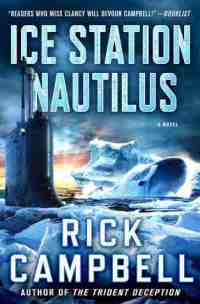The Player of Games by Iain M. Banks
 Sunday, July 3, 2016 at 8:15AM
Sunday, July 3, 2016 at 8:15AM 
First published in 1988
Iain M. Banks began his series of novels about the Culture in Consider Phlebas. I enjoyed that novel but thought it had a number of flaws. To my mind, Banks hit his stride as a science fiction writer with his second Culture novel, A Player of Games. It is an impressive examination of how social, political, and cultural structures are used to control individuals, as seen primarily from the standpoint of a gamer.
Jernau Gurgeh is a famed game player. He has mastered pretty much every popular game, no mean trick for someone who does not specialize in any particular game. He has devoted his life to game scholarship which, in Banks’ utopian future, is as good a way of using up your life as any other.
The Contact section of Culture has been interacting with a galactic empire that acquires power over other planets by the ruthless use of force. Leadership in the empire is determined through a series of games. The ultimate winner becomes the Emperor, while a good showing assures political or military appointments. None of that would bother the Culture except for the empire’s cruelty toward pretty much everyone who isn’t in power, including residents of the planets it conquers.
The Culture manipulates Gurgeh into playing the empire’s game after manipulating the empire into inviting Gurgeh to play. Having accepted the challenge, Gurgeh experiences a series of emotional highs and lows as he confronts his feelings about the game, the empire, the Culture, and his life as a game player.
The novel has some funny moments, mostly involving Gurgeh’s interaction with the prissy machine that the Culture has assigned to assist him, but the novel isn’t humor-based, as are some of Banks’ later Culture novels. Banks includes a nice mix of action scenes, but The Player of Games isn’t really an action novel. It’s more of a psychological thriller in a science fiction setting. Playing the games takes a toll on Gurgeh, as do his discoveries about the nature of the empire and the consequences of the game he has chosen to play. His turmoil and the evolution of his character is the novel’s strongest feature.
The Player of Games has something to say about the nature of empires and of any political or social system that relies on subjugation or that denies freedom. None of its insights on those subjects are fresh or surprising but that doesn’t lessen their importance. A stronger and subtler theme, I think, is that games are not a model for governance. Banks makes the reader understand that competition, while fun in a harmless game in which honorable players do not cheat, leads to war and corruption when it becomes the basis for acquiring political power.
The Player of Games is fun, smart, exciting, and meaningful. I think it’s one of Banks’ best science fiction novels, and one of his best novels overall.
RECOMMENDED



